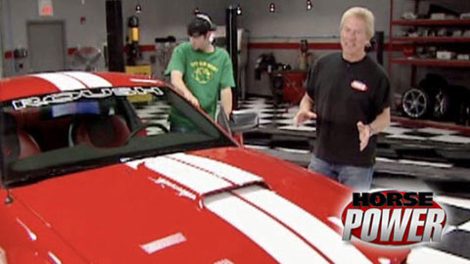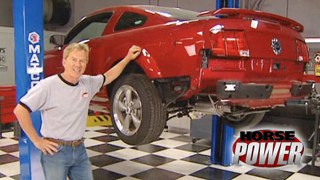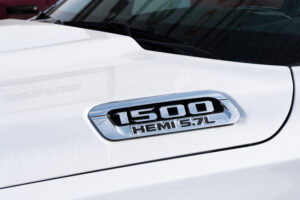
Project: Stage 3 - Supercharging the '06 Mustang
Mike and Joe kick off a two-show build up transforming a stock '06 Mustang into a Roush Stage 3. After base line runs, they wake up the GT big time with a bolt-on Roushcharger!
Season 10
Episode 13































